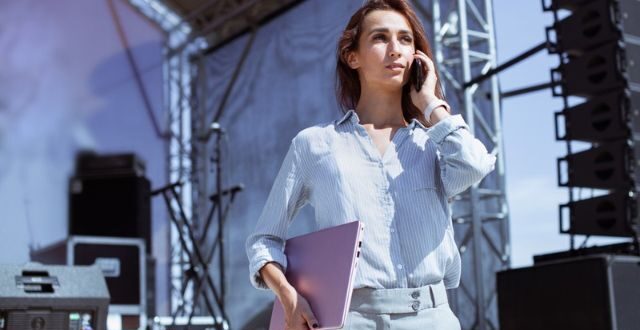With the rise of social media, event planning has become an art form in its own right. It takes a lot of ‘PR know-how’ to really understand what attracts large crowds of people and diverse demographics.
And whilst simply posting static images and using hashtags on socials can generate a good enough buzz on its own, getting Lollapalooza numbers naturally requires a more strategic approach.
Today, we’ll be sharing ten of the top marketing and digital design tips to help you promote your next events online.
1. Mock up some eye-catching graphics and posters
The first thing you’ll want to do is make sure that your event has some impeccable branding, and the best place to start here is by developing some killer graphics and promotional posters.
Of course, there are different approaches you can use when it comes to producing eye-catching graphics and posters, ranging from planning one animated photograph, to commissioning poster art from a local designer or artist.
But for events that are guaranteed to be high-energy (like music festivals or public holiday events), the best approach is to produce graphics and poster designs that are eclectic, and are thus likely to include a few design features that appeal to ticket holders of all shapes and stripes.
For instance, if you’re looking to mock up an Independence Day poster, you could create a collage of past celebrations or events to inspire a sense of nostalgia or pay homage to the passing of time that’s followed India’s independence. For these more dynamic poster designs (like collages), we highly recommend using a PNG editor for your photos and illustrations.
This ensures that all the individual elements of your poster designs can be produced with transparent backgrounds, making for easy layering and repurposing. This is why transforming .jpg files into .png files is considered foundational for virtually all graphic designers.
With a folder of promotional .png images in your event marketing and design files, you can ensure that you’ll always have plenty of dynamic social-ready content on-hand. And that’ll help set you up for success as you move through the other event marketing and design tips that we’ll be outlining below.
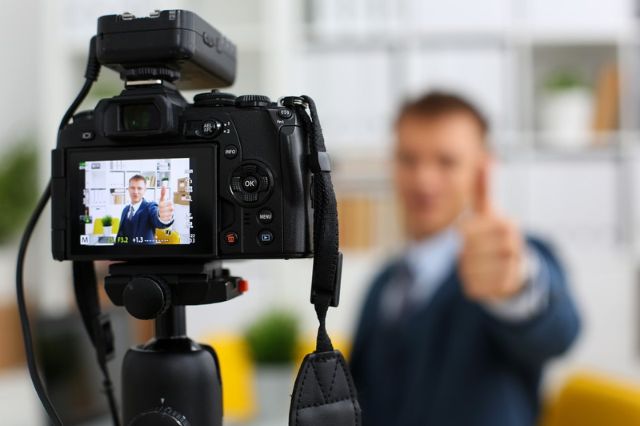
2. Produce some engaging promotional video content
Speaking of social-ready content, digital marketers always advocate that just one minute of video is worth 1.8 million words. This calculation is based on the age-old idea that a picture is worth a thousand words.
Assuming that 30fps is standard for most HD video (meaning that there’s a grand total of 1800 frames in a 1-minute promotional video), then any 1-minute video that you do post online technically is worth 1.8 million words. So why rob your event of the immense opportunity that accompanies investing in video marketing?
With compelling promotional video content showcasing all the fun that could be had at your event, you’ll exponentially increase your chances of being able to boost the attendee list of your upcoming event.
It’s all about selling your prospective event-goers on the innate experience of attending your event, and persuading them that this is an experience they won’t want to miss out on.
The best way to do just that is to share footage from past events, or perhaps even post interviews or performance clips from any keynote speakers or other performers who are anticipating contributing to your event.
Thankfully, there’s plenty of video editing software available now, which has made video content production infinitely more accessible than it once was, so even those of us with a background in event management (rather than content production) can still have a go at producing highly engaging video content.
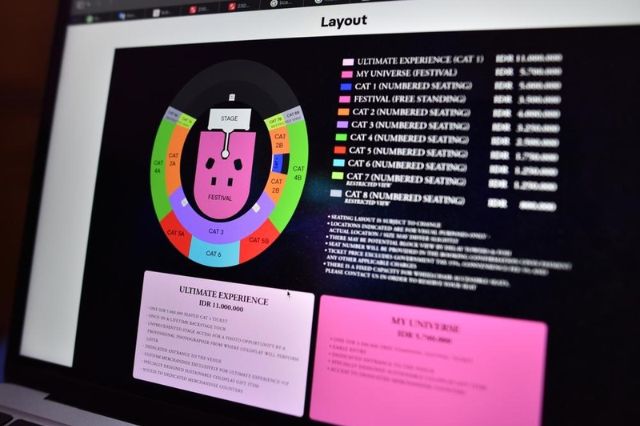
3. Build a user-friendly event registration website
In the digital age, virtually all businesses (and even professionals) are expected to have a website in order to appear both established and legitimate – and the same goes for events. Tickets for events like musical performances or even corporate panels don’t come cheap, so your event-goers will want to ensure that their ticket purchases are made securely.
The best way to do that is by setting up a user-friendly event registration website, that supports your event-goers in everything from reading up on your event details, to picking their seats, and receiving a secure receipt of their ticket purchase.
Not only will this website provide you as the event organiser, with the perfect landing page for all your digital advertising efforts (more on this later), it’ll also act as the perfect resource for keeping track of ticket sales and your estimated event numbers.
With your website’s backend tracking all your digital sales for you, you can stay on top of all the logistical details of your event with minimal fuss.
And as we mentioned, your event’s registration website or webpage is foundational to running not only digital ads, but also setting up any social media accounts to promote your event on social platforms.
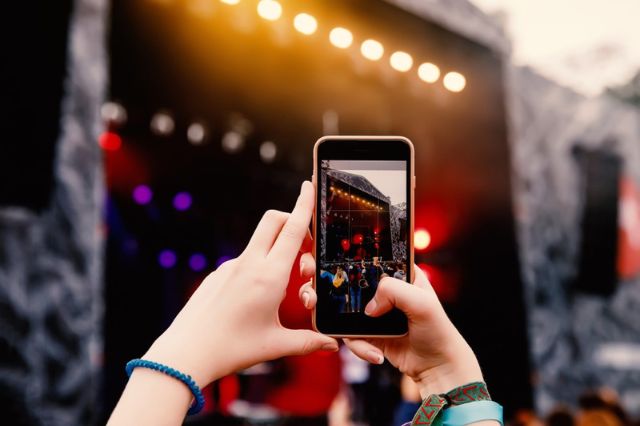
4. Develop tailored social media pages for your event
Think about every event you’ve bought tickets for in the last twelve months. Where did you find out about the event, and how did you purchase tickets? If you didn’t go directly to an event’s website to purchase tickets, then chances are you were redirected by tapping on a social media post or a digital ad.
In fact, you can basically expect that most of the events you’ve shown interest in first came to your attention in the form of a social media post made by an artist or performer sharing news of that event first.
So get the word of mouth machine firing on all cylinders as soon as possible by developing tailored social media profiles to support your event in the months leading up to the big day itself.
And alongside tailoring social media pages for your event, event organisers are also advised to set up a Facebook event that links to their event registration website.
Facebook’s event management features are actually likely to come in fairly handy, as you can use the social media platform as an additional channel wherein you can incentivise users to share your event with their friends (i.e. by holding ticket, backstage pass, or merchandise giveaways).
Facebook users can also register their interest in events, ensuring that they’re signed up to receive notifications on updates for your event.
In other words, setting up a Facebook event can help you engage your audience in a potentially more organic way than pushy digital advertising. This strategy certainly couldn’t hurt to implement, being incredibly cost-effective, and providing an extra layer of legitimacy to your event.
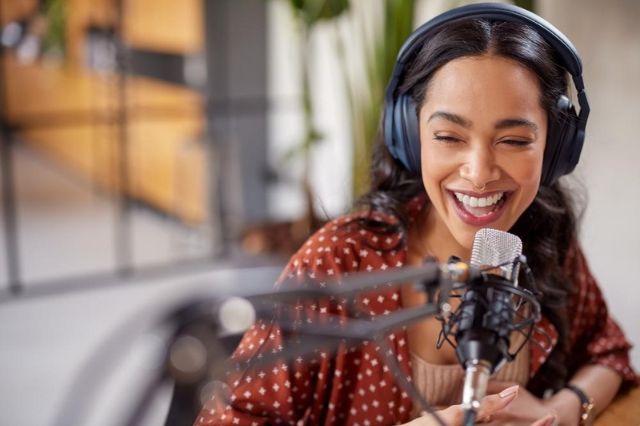
5. Partner with podcasters and influencers to expand your outreach
Whilst developing an event registration website and accompanying social media profiles for your event, it’s also imperative that you seek outreach opportunities (i.e. any opportunities to promote your event on other platforms or via reputable figures in your event’s wider industry or market niche).
There are a few different types of outreach opportunities that you could consider here, so we’ll start with new media first before moving onto outreach opportunities that may exist elsewhere across the world wide web.
Podcasts have become a major product in the media landscape today, with more and more Spotify users swapping out their daily music playlists for a queue of their favourite ‘radio’ shows.
One of the benefits of podcasts is that a lot of podcast listeners tend to engage with local hosts and shows, meaning that podcasts are actually a potent (and largely untapped) channel for super local marketing.
The same goes for partnering with local influencers. If you have some local trendsetters engaging in content creation on a regular basis, then reach out to them with details of your event.
If it’s of interest to them, you could put together an affiliate marketing campaign that’s mutually beneficial for your event and your influencer partners, or even just offer them free tickets if they’re keen to come along for the event themselves.
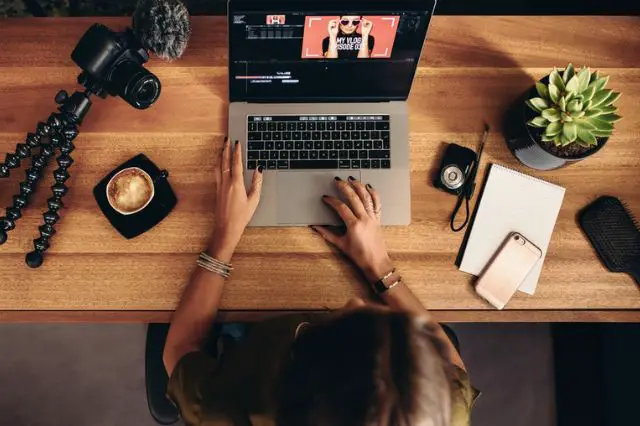
6. Find outreach opportunities with local bloggers
Another avenue for securing outreach opportunities for your event is to partner up with local bloggers who specialise in writing up content about ‘what’s on’ in your city. These local blogs can be as big as The India 100 or even just independent blogs that are owned and curated by critics or lifestyle gurus in your region.
One of the primary benefits of partnering with these local bloggers is that you can ensure that your event reaches a pre-established audience. Your bloggers have amassed their own following of loyal readers, so doing a little research to determine if their reader demographics align with your event demographics can help you fill up ticket sales in next to no time.
Another key benefit that definitely cannot be understated is that including links to your event registration website and even to your event social media, can also help boost your event’s digital footprint in a major way. The more findable you are, the more likely it will be that your event will be shared even further. In other words, securing as many relevant and high-quality outreach opportunities as you can will help create a positive ripple effect with regards to building awareness (and anticipation) for your upcoming event!
Pro tip: can’t find any high-quality blogs in your area? Or just want to expand on your outreach efforts? Then why not post your event up on allevents.in too? With our diverse user demographics, you can ensure that your event is visible to a wide pool of prospective event-goers every day.
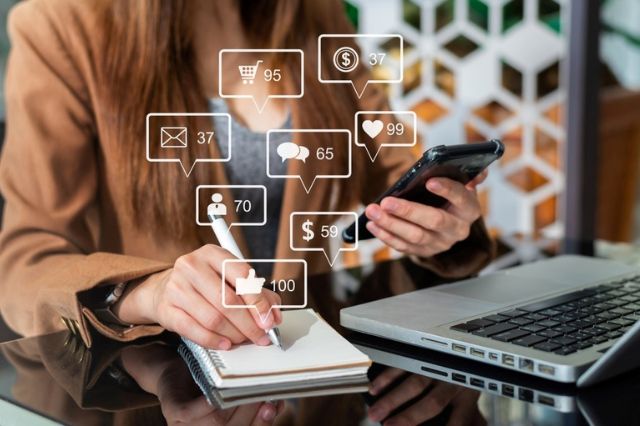
7. Start advertising nice and early (with some early bird discounts)
Most consumers who are looking to buy tickets to attend an event are likely to delay purchasing their tickets until the last possible minute – just for the sake of being able to immediately enjoy a return on their cost-investment in their tickets.
But even though this is convenient for ticket holders, it doesn’t really help event organisers, who can’t plan accordingly if they’re unaware of the actual numbers that they can expect come the big day. What’s the solution to this? To incentivise your prospective attendees to purchase their tickets nice and early.
Ideally, event organisers should start advertising for their event at least six to eight months in advance, with major early bird discounts up for grabs for those who are willing to secure their tickets that far before your event is scheduled to occur.
We also recommend adding an extra layer of exclusivity to early bird or pre-sale ticket deals. For instance, you could announce early bird discounts to email subscribers before the general public, which further incentivises your loyal subscribers to buy first and beat the crowds in a major way.
You can even advertise early bird prices directly on social media or even by investing in Google ads.
That way, you can guarantee an immediate return on your own investment in marketing for your event, and ensure that you’re guaranteed growth in ticket sales at every phase of your sales strategy – from early bird discounts and all the way through to your reserve ticket sales.

8. Develop and implement a focused ad retargeting campaign
As is the case with any digital marketing campaign, there is every possibility that your target demographics will still ignore your ads or fail to convert.
This could be due to a number of reasons, ranging from poor marketing or design for your event ad campaigns, or just because your event ticketing could do with a little pricing tweak to ensure that it’s more accessible for your target audience.
Or it could just be because your target audience needs a few additional nudges before they actually do decide to convert.
This hesitancy to buy is becoming a pretty common phenomenon amongst young consumers online, namely because they know that if they don’t engage with an ad, they’ll still be able to see that ad or similar ads again the very next day.
But if they see the same ad, you run the risk of your event marketing being less of a welcome sight and more likely to become an irritant. So what’s the solution?
The answer is actually pretty simple: ad retargeting. This is the process of tweaking your ad messaging so that it aligns with exactly where your target user is likely to be in your conversion funnel. For instance, did your user tap on an ad that showcased their favourite musician, but then dropped off after adding tickets to their cart?
Then the next ad they see can be tailored to ensure that they pick up their customer journey right where they left off, either in the form of a gentle ‘you forgot something’ message, or even by providing them with a discount that they simply cannot say no to.
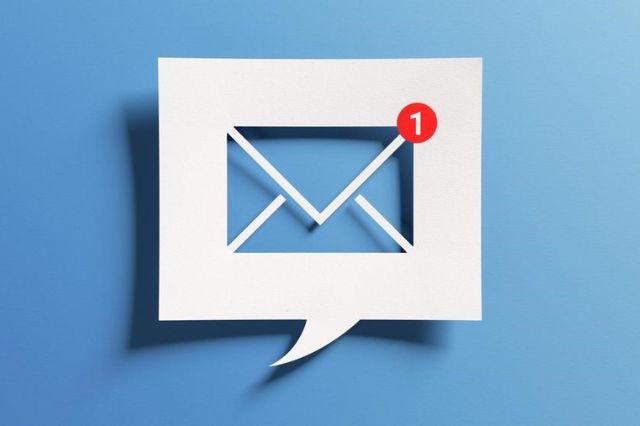
9. Set up a tailored email marketing campaign
Alongside maintaining an ad retargeting campaign for retaining any consumers who’ve fallen out of your sales funnel, another great way to reach individual web users is to use the power of email marketing. As its name suggests, email marketing is the process of sending tailored messages directly to contacts on your website’s subscriber list.
Your subscriber list can also grow in a number of ways, including providing incentives in the form of discounts on event tickets, or even via users filling out expressions of interest for your event prior to tickets being released for purchase.
With a strong subscriber list in place, you can ensure that your event can be marketed directly to a group of people who are so interested that they’ve shared their contact information with you.
That level of interest is naturally a lot easier to convert into sales than running ads to all the device users that social media platforms have stated fall into your target demographics.
In other words, email marketing is basically like reaching out with a cute message to people in your circle, whereas other forms of digital advertising are more like shouting in a crowded room.
Another undeniable benefit of email marketing is that it’s cheaper to manage than a lot of other digital advertising platforms.
You can manage an email marketing campaign with nothing but a graphic design tool to develop winning designs for your event marketing materials and an email marketing tool to track the performance of your campaign and find opportunities to make minor tweaks. It’s that simple!
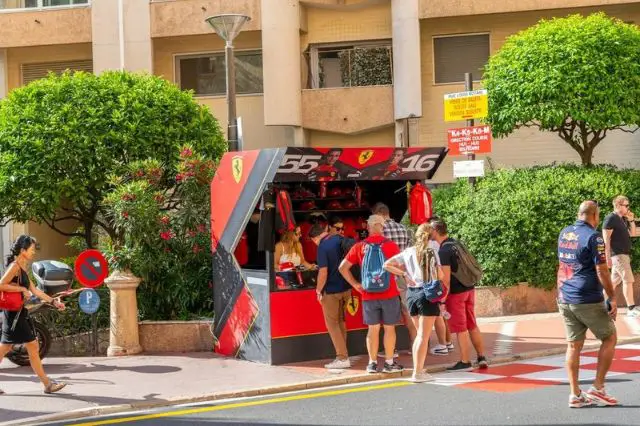
10. Prepare limited edition event merchandise
Finally, for those of us who take full ownership of our wardrobes, there’s truly nothing like being able to add another band tee or any other gig merch to your daily rotation. This is because all of the event merchandise that you wear or even just generally use on a regular basis becomes a part of your story.
It becomes an experience that you can share with others, and a valuable, highly engaging talking point whenever you meet new people.
So if you’re looking to plan an event and are hoping to boost not just its digital engagement but also its attendance, then provide the added incentive of limited edition event merchandise to the list of reasons why people should come and see what your shindig is all about.
Your limited edition event merchandise doesn’t even necessarily need to be a t-shirt or a hoodie. In fact, you’ll find that more of your attendees are likely to spend on lower cost items and collectibles. This includes items like keyrings, mugs, stickers, posters, and perhaps even socks or tote bags.
If you’re feeling any doubt about what type of merchandise to produce for event-goers to purchase, then you could conduct a little marketing and design research to determine what consumers in your target demographics are likely to purchase from a merch stand at similar events.
This research can take the form of reading or even generating market reports, or even conducting basic focus groups in the lead-up to your event to see what kinds of merchandise and merch designs would be most appealing to your event-goers.
And there you have it – our top ten expert marketing and design tips to help you effortlessly promote events online. Which of these event marketing and design tips are you currently using for you campaign efforts, and which ones could you implement in your marketing strategy today?
 khamush.com Lifestyle | Motivation | Poems
khamush.com Lifestyle | Motivation | Poems
